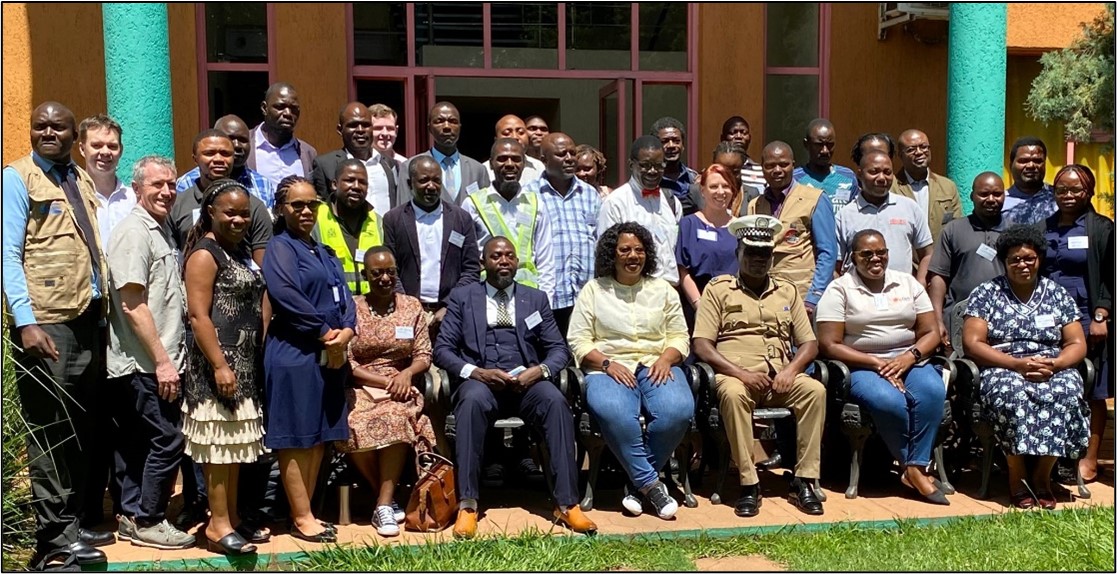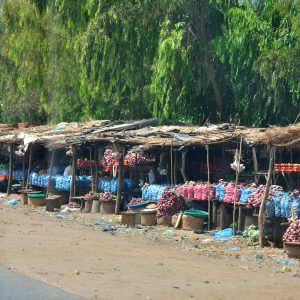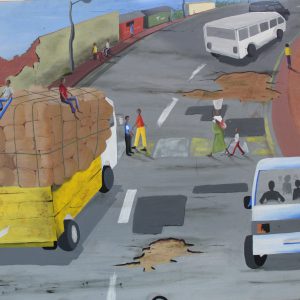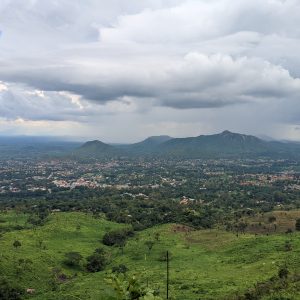On the 9th of February 2024, Research Fellow Liam Dillon delivered a presentation (Fig.1) titled “Road Traffic Collision Spatial Analyses & Food for Thought” at Crossroads Hotel, Lilongwe, Malawi. This...Read More
On the 9th of February 2024, Research Fellow Liam Dillon delivered a presentation (Fig.1) titled “Road Traffic Collision Spatial Analyses & Food for Thought” at Crossroads Hotel, Lilongwe, Malawi. This was part of a half-day event involving 40 stakeholders from sectors such as the Directorate of Road Transport and Safety Services (DRTSS), Malawian Road Traffic Police, the Minibus Driver Association, road infrastructure administrators, researchers, and road safety charities, among others.

Figure 1: Research Fellow Liam Dillon amidst an explanation of one of his maps in Lilongwe.
Spatial analysis of Traffic collision data
Traffic collision hotspot maps and other map deliverables (e.g. Fig 2) presented during the seminar were produced using a huge dataset with over 26,360 road traffic collisions recorded in the Blantyre district of Malawi from 2013-2022. The hotspot maps have been used to identify the most hazardous road segments and highlight clustered accidents. This dataset has become the foundation of the mapping component of the Chitetezo project.
“22,732 road traffic incidents were successfully geolocated within Blantyre district. Of these incidents, ~99% are reported to have occurred within a 10-kilometre radius of the centre of the city.”

Figure 2 – Example of one of the many different maps produced with the Malawian traffic collision data, this shows a network hot-spot analysis of road traffic collisions across the city of Blantyre, Malawi.
We also categorised the data by severity to determine which hotspots include the most lethal crashes. This kind of map is particularly useful in informing decision making on where to allocate limited resources for mitigation of further road traffic collisions and the resulting deaths and injuries.

Figure 3 – This map shows the most lethal accident hot spots in Blantyre district, Malawi.
The dominant spatial patterns evident on the map shown in Figure 3 appear to identify the internal areas of the city as cold spots of high confidence, suggesting a lack of severe injuries occurring in comparison to a very large number of road traffic collisions. The opposite can be observed with the highways and roads connecting the urban centre to the rural outskirts, long chains of high confidence hot spots have been identified, particularly on the M1 Zalewa Road leading to Chileka Airport. This is due to the relative increase in fatalities and severe injury in relation to the number of accidents clustered along the road network.
Collisions within the city are characterised by greater numbers of vehicle-on-vehicle incidents, and vehicles tend to move slower on the congested streets of populous cities, resulting in lower rates of injury and death.
Collisions out with the city are characterised by greater numbers of vehicle on pedestrian incidents, and vehicles tend to move faster on high quality tarmac highways, resulting in higher rates of injury and death.
Panel discussion
The main points that arose (Figures 4 & 5) after the presentation were typically focused on demographics, specifically the absence of data pertaining to the age or gender of those road traffic collisions, as well as the likely causation factor (such as alcohol intoxication). There were also discussions on potential for future collaboration, between the Chitetezo research team and the DRTSS.

Figure 4 – Lusizi Kambalame facilitating panel discussions with Professor Edward Duncan (right) and Research Fellow Liam Dillon (left).

Figure 5 – Professor Edward Duncan contextualising the seminar with the overarching Chitetezo research project.

Figure 6 – Group photo of the Chitetezo research team and the attendees of the seminar.
What’s next?
Watch this space for further updates for the upcoming stakeholder engagement events in the late summer 2024.
*A special thanks to the Malawian DRTSS and Deputy Director Annie Kandoje for facilitating the seminar and for providing the national traffic collision data records*
This research is jointly funded by the UK Medical Research Council (MRC) and the Foreign Commonwealth and Development Office (FCDO) under the MRC/FCDO Concordat agreement, together with the Department of Health and Social Care (DHSC)




